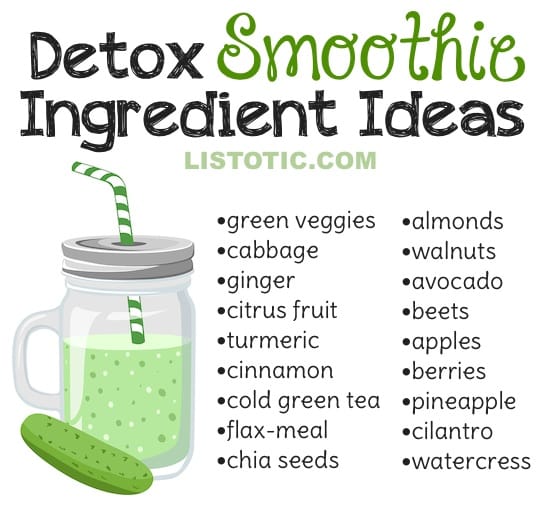Core Strength: Essential Tips

Core Strength: Essential Tips
A strong core is foundational for overall strength and stability. Incorporating targeted exercises and healthy habits into your routine can help you achieve and maintain a strong core.
Understanding Core Muscles
The core isn’t just about abs; it encompasses various muscles that support the spine and pelvis. It includes not only the abdominal muscles but also the back, hips, and pelvic floor muscles.
For expert guidance on tips for a strong core, explore Women’s Health and Style for comprehensive information.
Engage in Core-Specific Exercises
Incorporate exercises that specifically target the core muscles. Planks, Russian twists, bicycle crunches, and leg raises are effective exercises to strengthen different parts of the core.
Maintain Good Posture
Good posture engages and strengthens core muscles. Focus on sitting and standing with proper alignment, which helps activate and support the core muscles throughout the day.
Balance and Stability Training
Activities like yoga, Pilates, or using stability balls engage the core muscles to maintain balance and stability. These exercises enhance core strength and improve overall coordination.
Focus on Full-Body Movements
Compound exercises that engage multiple muscle groups, like squats, deadlifts, and overhead presses, challenge the core while working other muscle groups simultaneously.
Breathe Properly During Exercises
Focus on breathing properly during workouts. Coordinate your breathing with the movement, engaging the core muscles and ensuring they’re active throughout the exercise routine.
Progressive Overload
Gradually increase the intensity or resistance of core exercises to challenge the muscles. This progression is essential for continued strength and development.
Include Cardiovascular Exercise
Incorporating cardiovascular exercises like running, cycling, or swimming helps reduce body fat, revealing and strengthening the core muscles.
Balanced Nutrition for Core Health
A healthy diet supports core strength. Adequate protein intake, along with a balanced diet rich in nutrients, aids muscle recovery and growth.
Rest and Recovery
Allow the core muscles time to rest and recover. Adequate sleep and recovery days are crucial for muscle repair and growth.
Building and maintaining a strong core takes dedication and consistency. Integrating these tips for a strong core into your fitness routine can help you achieve a more robust and resilient core, leading to better overall strength and stability. Always consult fitness professionals for personalized guidance and ensure exercises are performed safely and effectively.


